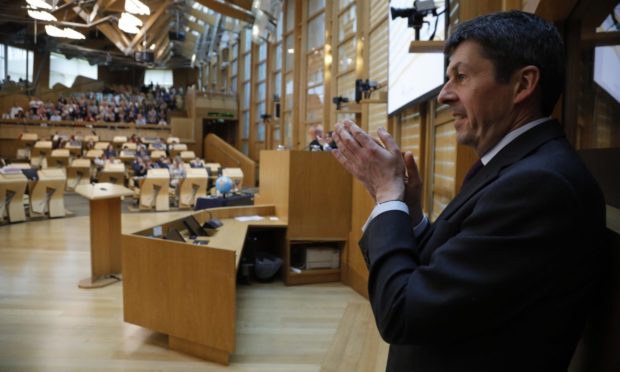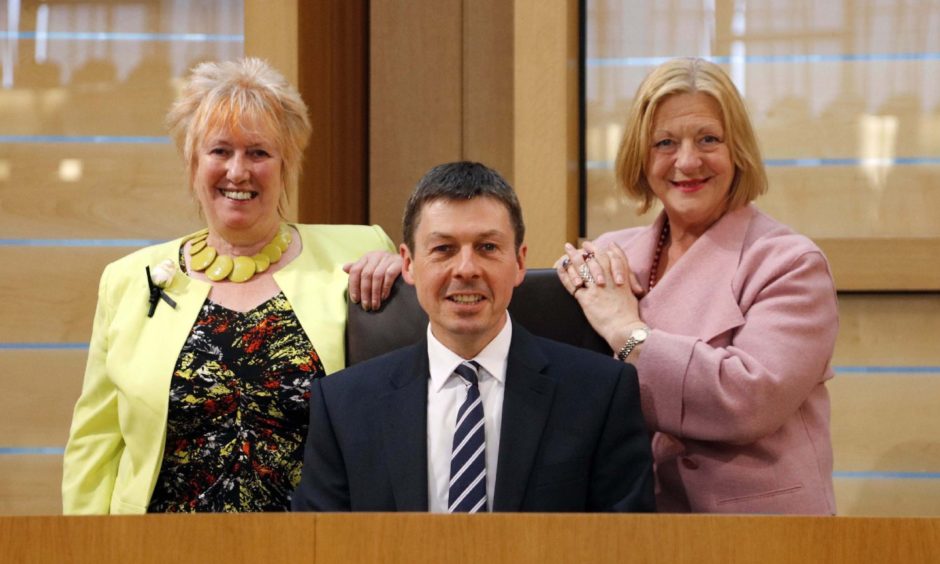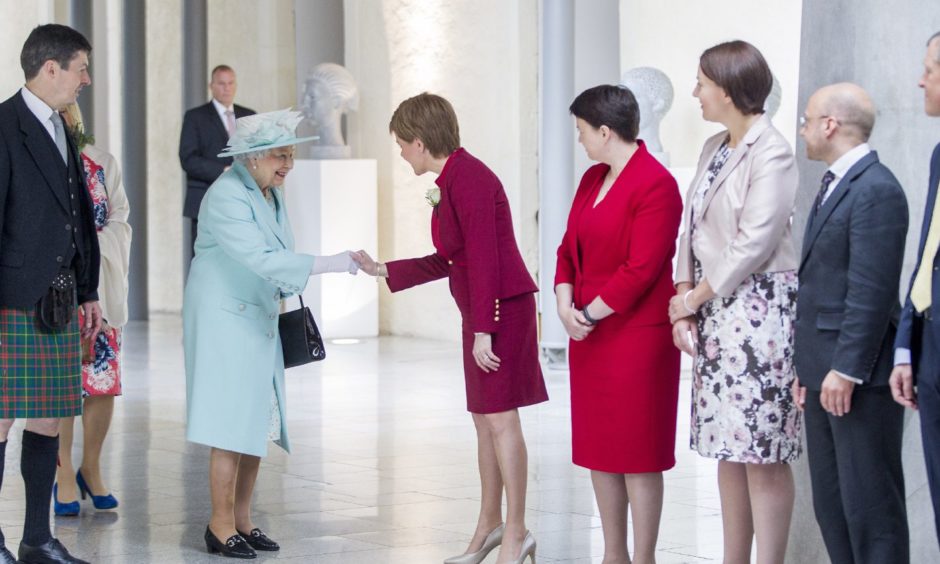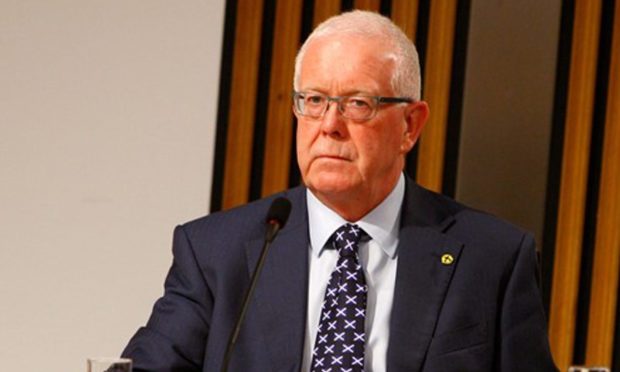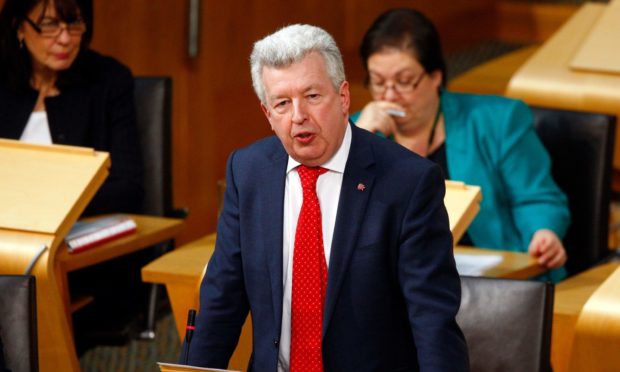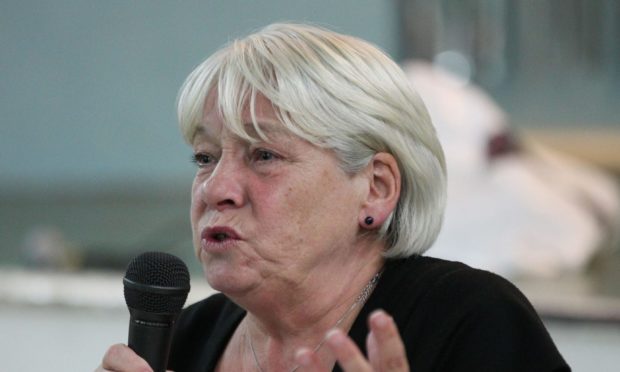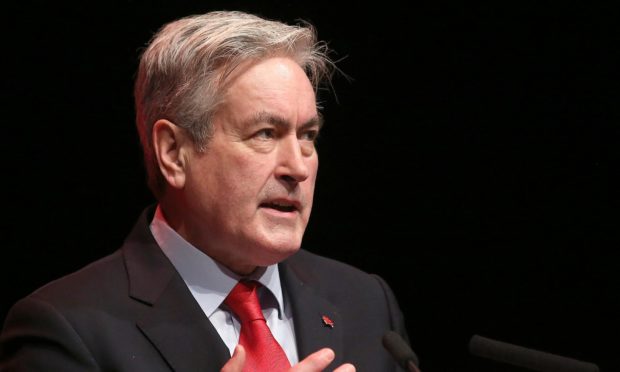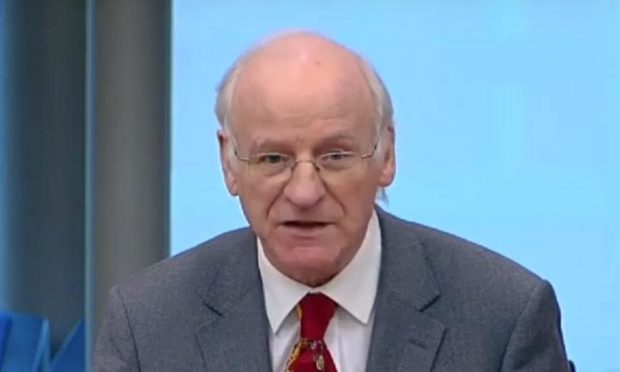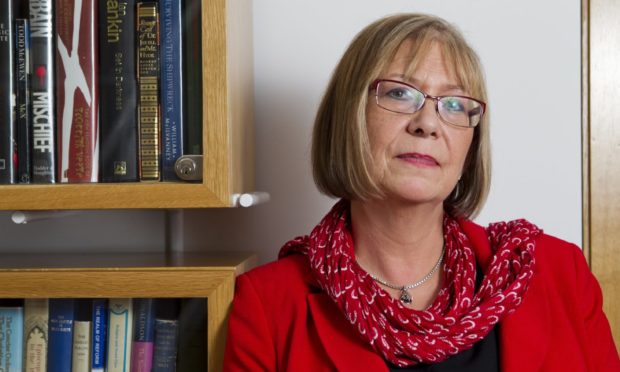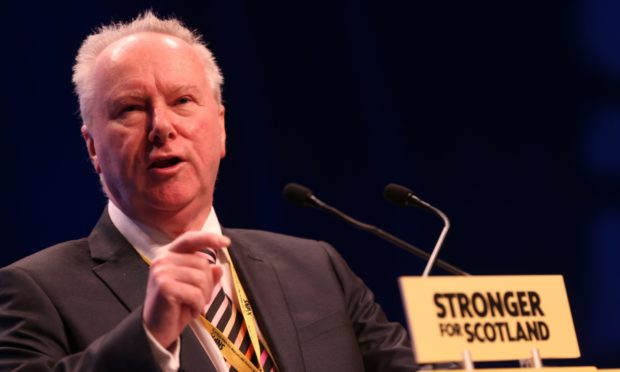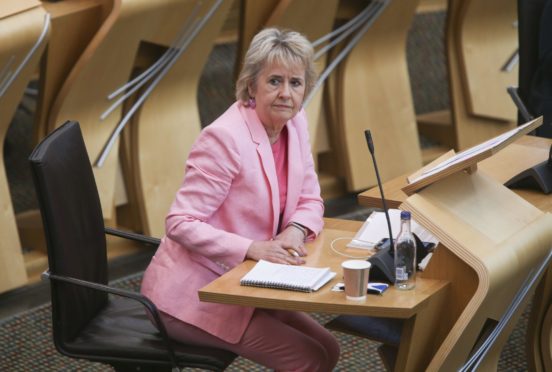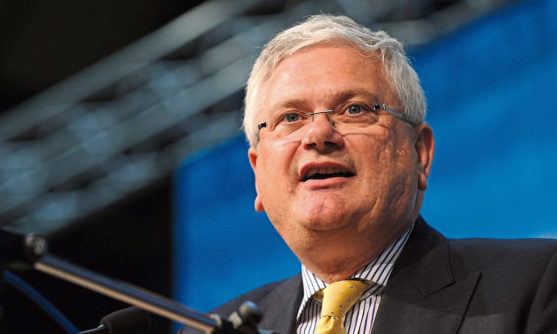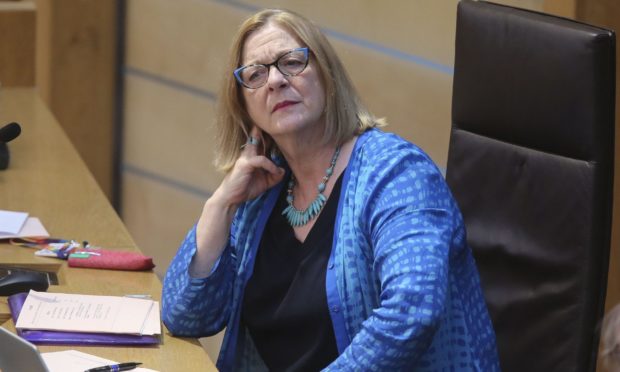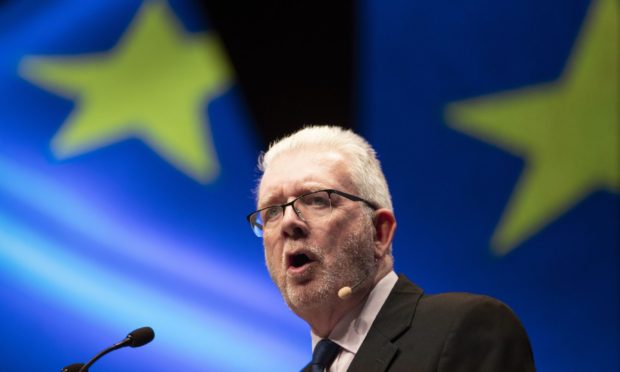It was the devolution project that led Ken Macintosh to consider standing for the first time as a political candidate.
Inspired by his Skye-born father, Farquhar Macintosh, who was active in the first campaign to create a Scottish Parliament, in the late 1970s, the MSP insists it forms part of his “political make-up”.
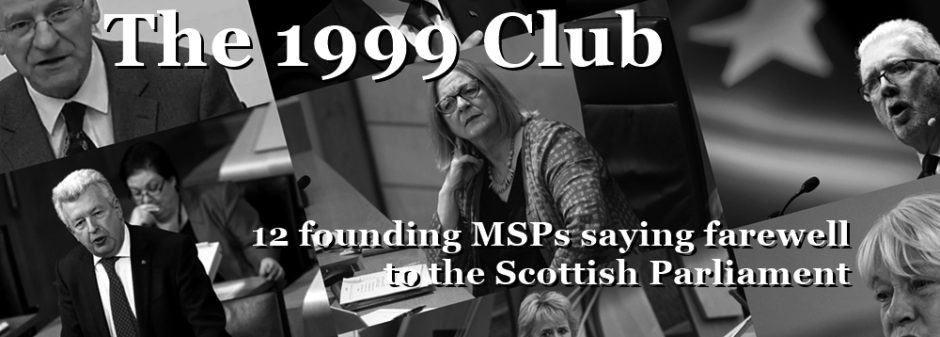
Joining the Labour Party a decade later, spurred on by the “industrial discontent” experienced under former Prime Minister Margaret Thatcher, he said it was devolution specifically that persuaded him to enter elected politics.
He said: “When I became one of the first MSPs, I really couldn’t believe it. I had to pinch myself. It was slightly surreal.
“We walked up the Royal Mile down to the General Assembly. There was a fly past with Concorde and the Red Arrows, people out cheering, drums beating and so on…
“It was a genuinely exciting time. This new experiment in democracy; a new form of politics was taking shape and I was newly part of it and I can’t tell you how excited I was.”
For the last four and a half years, Mr Macintosh has served as presiding officer of the Scottish Parliament; a role that requires him to be strictly non-partisan.
It is this that has driven his decision to stand down next year, with the MSP admitting that once you put aside your party politics you “can’t go back” and if you are not willing to go back to party politics there is “no point” in standing again.
The MSP said: “I don’t think I’m giving away any secrets by saying no one comes into parliament to become presiding officer.
“You go in to campaign; to make a difference, to change things.
“Presiding officer is a different role but my role is really to champion parliament itself, to defend the institution, to make sure everyone in that parliament has a chance to speak and is treated fairly but once you become presiding officer you really put aside your party politics and you can’t go back.”
He has, however, “loved every minute” of being an MSP, adding: “People share their experiences in a very personal way and then because you hold public office you can do something about it and you can’t solve their problems, you can’t snap your fingers, but you can help them, you can fight for them, you can speak on their behalf and that’s very rewarding.”
The cultural cringe
Scotland is a “far more self-confident country” now than it was when Mr Macintosh was first elected in 1999, he reflects.
“The Scotland I was brought up in was not a particularly progressive country”, he said.
“There were some quite bigoted attitudes when I was young and we also had a sort of cultural cringe.
“We didn’t take responsibility for our own affairs; we always had to blame it on someone else… the rest of the UK.”
Reflecting on a long-career in parliament, the dad-of-six is “most proud” of the “modern, forward-looking, self-confident” country that Scotland has become and said his children, who have all grown up under devolution, have “much more of a forward, liberal-looking outlook”.
He said: “We lived in a society that was not the free society now that tries to treat everyone as equal and is tolerant of people’s differences the way that my kids are now.”
Genesis and exodus
The presiding officer has previously revealed his fears that a looming exodus of veteran MSPs from Holyrood means the institution risks losing all “independence of thought”.
He adds it is a “structural weakness” of the parliament that it cannot hold on to these MSPs with decades of experience, unlike in Westminster, which he claims is a “big enough institution that you can become chair of a backbench committee and so on”.
However, the MSP admits fresh faces are also important as the Scottish Parliament has not yet “captured the diversity of Scotland”.
He said: “When I came into parliament, in 1999, one of the most striking aspects of the new parliament was that 37% of our MSPs were women. Westminster was a hugely middle-aged, male-dominated institution and here was the Scottish Parliament that had the second best gender representation in the whole world.
“Since then other parliaments have gone way on to outstrip us and we’ve still got exactly one third women and we’ve not moved on diversity, either.
“That needs changed so you can’t just hold on to your old, experienced hands.”
Biography
Name: Ken Macintosh
Age: 59
Party: No party affiliation as presiding officer (previously Scottish Labour MSP)
Member: West of Scotland
Born: Inverness
Education: Studied history at Edinburgh University
Career: Worked as a television producer for the BBC and worked on national news programmes (1987-1999)
Political career: Served as MSP for Eastwood (1999-2016) and later elected as MSP for West Scotland region (2016-present). Stood as a candidate in the 2011 and 2015 Scottish Labour Party leadership elections but was unsuccessful. Elected as presiding officer of the Scottish Parliament in 2016, a position he will hold until he stands down next year
Euphoria and anxiety
As figurehead of the Scottish Parliament, Mr Macintosh has championed its work but when asked if it has fulfilled its potential, he admits it “has and it hasn’t”.
In some senses it has “more than fulfilled its potential” in that it has established itself at the “heart of Scottish public and civic affairs”.
However, this was far from a foregone conclusion in 1999 when the 58-year-old recalls there was a “euphoria but there was anxiety too”.
He adds: “Some of the things we did promise… the ability to work across party lines, to offer this new, collegiate, less tribal way of doing business. That’s not really happened.
“We are dominated by political parties and partisan politics in a way that sometimes is a little too unhealthy and trying to get that balance right between the drive that parties give politics… I mean, you wouldn’t achieve anything without those political parties, you need to have people come together with political agendas.
“They have to be at the heart of things but they have to be without dominating absolutely and we haven’t quite got that balance right.
“It’s a work in progress and I’ve got every confidence that successive generations will resolve these matters and will improve things.”
